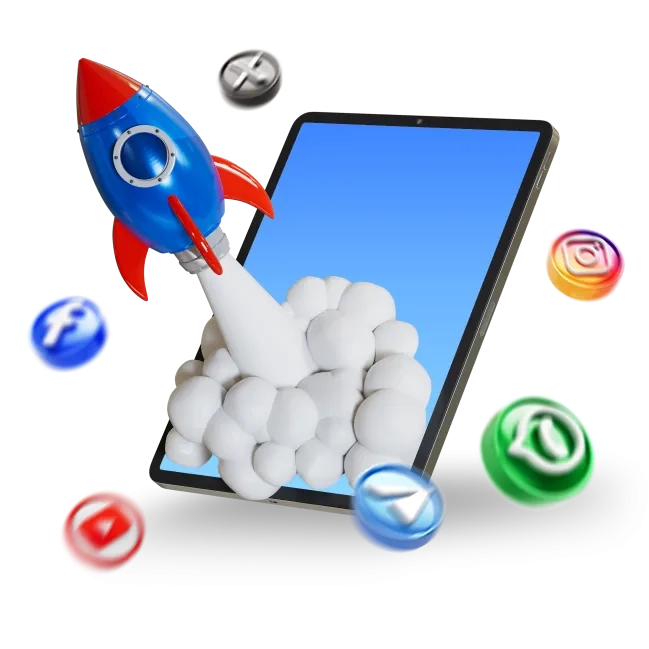Agent Builder Tools Are Redefining AI Automation in 2025

Why Agent Builders Are the Future of AI Automation
Imagine building a fully functional AI agent that manages support tickets, syncs with your CRM, and even triggers follow-up workflows - without writing a line of code. Welcome to the era of agent builders, where AI automation tools are no longer the exclusive realm of engineers.
In 2025, agent builders are rapidly becoming the backbone of enterprise automation strategies. Their visual interfaces, modular logic, and plug-and-play integrations empower teams to deploy intelligent agents at scale - and speed.
Robylon AI calls them the “new normal” for companies embracing low-code AI solutions. But what makes them so transformative?
From AI Adoption to Execution: How Agent Builders Bridge the Gap
For years, companies invested in AI with high hopes - yet many struggled to translate those investments into working solutions. That’s changing.
According to ICONIQ’s 2025 State of AI Report, nearly 80% of AI-native companies are now using agentic workflows - autonomous systems that carry out multi-step tasks. The secret behind this shift? Accessible platforms like OpenAI’s AgentKit, which offer drag-and-drop interfaces and reusable components for rapid iteration.
Agent builders serve as execution layers between AI models and your business logic. They orchestrate data flows, handle decisions, and even integrate with third-party tools - all without deep software engineering expertise.
What if your marketing ops team could deploy a lead-nurturing agent in hours instead of weeks? With agent builders, they can.
Core Capabilities: What to Expect from a Modern Agent Builder
Not all agent builders are created equal. The best platforms in 2025 share some key capabilities that make them enterprise-ready:
- Visual Workflow Design: Drag-and-drop canvases for building agent logic
- Tool Integrations: Native connectors for CRMs, email tools, databases, and APIs
- Decision Engines: Rule-based or AI-powered logic for context-aware actions
- Guardrails: Built-in safety checks, version control, and performance tracking
- Collaboration Features: Role-based access and shared editing for cross-team builds
Platforms like UiPath’s Agent Builder even include continuous evaluation tools to improve agent behavior post-deployment (UiPath Blog).
Think of it as Figma for automation - where marketing, ops, and devs can co-create intelligent workflows without stepping on each other’s toes.
Popular Use Cases: From Back-Office to Frontline Automation
Agent builders aren’t just for customer support bots. Based on a 2025 study of 542 AI agent deployments, the most common use cases include:
- Back-Office Automation: Invoice processing, HR onboarding, document classification
- Customer Support: Ticket triage, issue resolution, escalation handling
- Sales Enablement: Lead qualification, meeting scheduling, CRM updating
- IT Operations: Incident alerts, system monitoring, workflow remediation
Companies like LY Corporation and Ramp have used OpenAI’s AgentKit to deploy production-grade agents in record time - often within days.
At SoftXPro, we’ve helped B2B SaaS clients automate entire onboarding funnels using custom agent frameworks. See real-world examples here.
Now ask yourself: what parts of your business could run without human hand-holding if you had the right agent builder?
Challenges and Best Practices for Building Reliable Agents
Despite their power, agent builders aren’t magic. Reliability, scalability, and security still matter. UiPath recommends a disciplined approach:
- Start small: Build narrow-scope agents and expand gradually
- Integrate incrementally: Avoid overloading agents with too many tools early on
- Test in staging: Simulate real-world data flows before going live
- Monitor constantly: Use built-in analytics to refine behavior over time
SoftXPro’s AI Automation Services ensure your agent strategy aligns with best practices from day one - from build to scale.
Building AI agents is no longer about having the most PhDs. It’s about having the right tools - and knowing how to use them responsibly.
Where to Start: Choosing the Right Agent Builder
With dozens of platforms on the market, choosing the right agent builder depends on your team’s skills, goals, and systems. Here’s a quick framework:
- For non-technical teams: Choose drag-and-drop tools with prebuilt templates (e.g., AgentKit)
- For technical teams: Look for Python-based frameworks with API depth
- For enterprise use: Prioritize tools with governance, audit logs, and integration support
Need help mapping the right solution to your business? Our AI consultants at SoftXPro can guide your selection and deployment journey. Explore our services.
Conclusion: Agent Builders Are the New Automation Superpower
Agent builders are not just trendy tools - they’re operational game-changers. They let you deploy intelligent, autonomous agents in days, not months. And they empower your teams to automate processes without bottlenecking on engineering resources.
In a world where speed, adaptability, and precision define success, agent builders are your competitive edge.
Want to harness the power of AI automation in your business?
